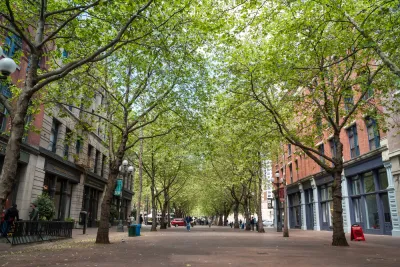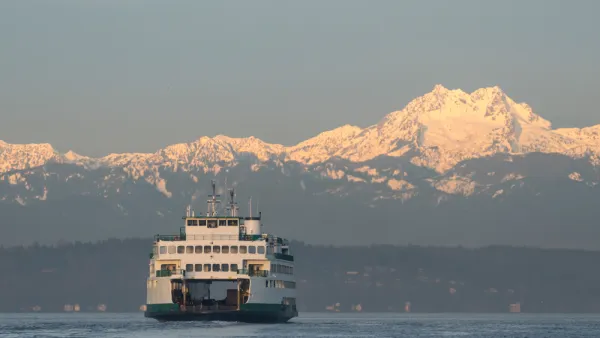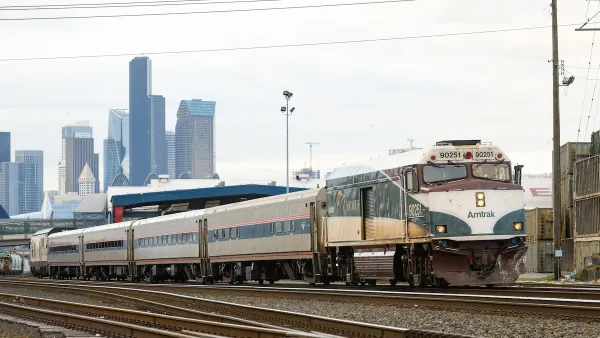Seattle shows how new buildings and new trees can be added to a city simultaneously—in fact, neighborhoods adding new buildings are maintaining its urban tree canopy while static single-family neighborhoods are losing trees.

Dan Bertolet shares news about Seattle's effort to grow and maintain its tree canopy even while building new residential and commercial buildings to keep pace with its rapid growth. There's a catch to the consequences of Seattle's population and economic growth.
Seattle’s best new data [pdf] on the change in tree canopy over time does show a 6 percent decline between 2007 and 2015. Here’s the catch, though: most of the confirmed tree loss happened on land reserved for detached houses, the single-family zones that cover over half the city but where population has barely budged for decades.
Meanwhile, the same study found no statistically significant change in tree canopy [pdf] where the growth actually has been happening: the land zoned for commercial buildings and multifamily housing that absorbed the vast majority of Seattle’s new apartments, offices, and stores.
Bertolet cites the data to build an argument against some opponents of development who would use trees as a prop in a narrative about he destructive consequences of urban infill as the city reconsiders its tree ordinance. "Tree preservation rules that would sacrifice new urban homes—that is, housing that can accommodate a lot of people on a small amount of land—becomes even more indefensible when you factor in the resulting shift of development pressure toward places where low-density housing construction obliterates far more trees," writes Bertolet.
The article then expands its purview to include analysis from Treepedia's Green View Index, which "quantifies how much tree cover a person at street level experiences," according to Bertolet. That tool allows comparisons between Seattle and other cities like Portland, Sacramento, Los Angeles, and Vancouver, British Columbia.
Bertolet's comprehensive, feature-length examination of Seattle's tree canopy didn't go unnoticed in Portland either. Rachel Monahan and Michael Andersen both picked up the story and applied its lessons to Portland.
FULL STORY: No, Seattle's Growth Boom Is Not a Tree Apocalypse

National Parks Layoffs Will Cause Communities to Lose Billions
Thousands of essential park workers were laid off this week, just before the busy spring break season.

Retro-silient?: America’s First “Eco-burb,” The Woodlands Turns 50
A master-planned community north of Houston offers lessons on green infrastructure and resilient design, but falls short of its founder’s lofty affordability and walkability goals.

Delivering for America Plan Will Downgrade Mail Service in at Least 49.5 Percent of Zip Codes
Republican and Democrat lawmakers criticize the plan for its disproportionate negative impact on rural communities.

Test News Post 1
This is a summary

Test News Headline 46
Test for the image on the front page.

Balancing Bombs and Butterflies: How the National Guard Protects a Rare Species
The National Guard at Fort Indiantown Gap uses GIS technology and land management strategies to balance military training with conservation efforts, ensuring the survival of the rare eastern regal fritillary butterfly.
Urban Design for Planners 1: Software Tools
This six-course series explores essential urban design concepts using open source software and equips planners with the tools they need to participate fully in the urban design process.
Planning for Universal Design
Learn the tools for implementing Universal Design in planning regulations.
EMC Planning Group, Inc.
Planetizen
Planetizen
Mpact (formerly Rail~Volution)
Great Falls Development Authority, Inc.
HUDs Office of Policy Development and Research
NYU Wagner Graduate School of Public Service




























